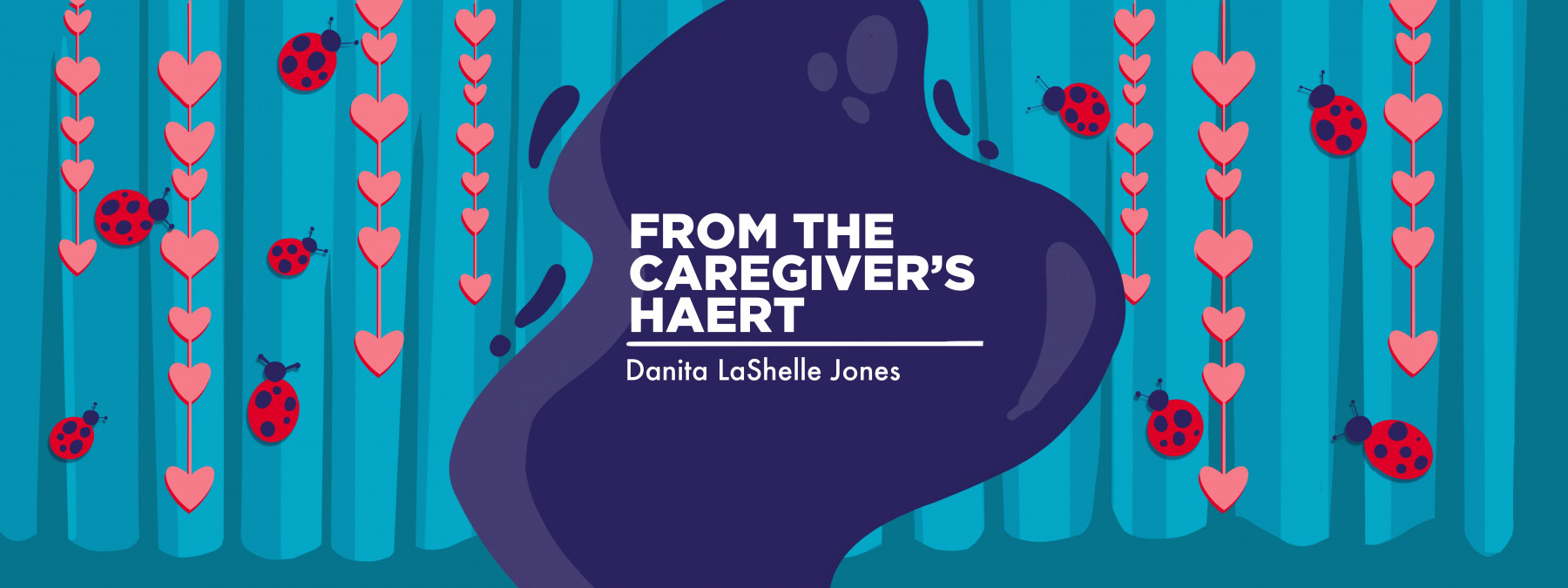When too much of the right thing may not be the best thing
Realizing my daughter's HAE treatment was doing more harm than good

“You smell that?” my husband, Paul, asked me.
We had just arrived home and found it odd that the house wasn’t busy, especially with all the kids being there. Paul and I have two recurring jokes: He can sense when something is amiss using his smell and hearing, and something is always wrong when the house is quiet.
When I raised my nose and sniffed, I knew what smell my husband was talking about.
Raid. A lot of it.
“Who sprayed the Raid?” my husband’s voice echoed through the house. Silence immediately followed.
Finally, our ever-faithful informer peeked around the corner and explained that a trail of ants had made it to the kitchen counter, and the can of bug spray did what it was designed to do.
The problem was, however, that instead of spraying a small section where the ants had appeared, or better yet, using a little soap and water to get rid of the pests and the grape jelly that had attracted them, the kid culprit (who has yet to be identified) coated the entire counter, the glass-top stove, and some of the appliances in a layer of bug spray. Because three of our four children have what could be considered an irrational fear of ants, one of them deemed this response the best solution.
Did they fix the issue? Kind of. Sure, they got rid of the ants. But the 30 minutes of diligent cleaning to erase all traces of the “solution” didn’t make it worth it, especially when there was a simpler way.
Finding a simpler solution with HAE treatment
When our daughter, whom we lovingly refer to as Ladybug, was diagnosed with hereditary angioedema (HAE), we were grateful to learn that Berinert, an emergency medication, alleviated her symptoms and reduced her swelling. Unfortunately, it provided only temporary relief without a preventive medicine like Haegarda or Takhzyro (lanadelumab).
After her diagnosis in January 2021, Ladybug’s admissions occurred every three to five days because we could only get the medication at the hospital. She would receive an infusion of Berinert in the pediatric emergency room, be admitted to the pediatric floor for observation, get another dose 24 hours later, stay another day for observation, and then be released to go home. By April, we’d repeated that pattern 40 times.
Thankfully, we had excellent health insurance. At the time, the hundreds of dollars in ER copays and out-of-pocket fees were worth what seemed to be peace of mind.
When Ladybug’s doctor suggested we give the infusions at home, I resisted. I couldn’t imagine myself, the theater kid, suddenly responsible for constituting medication, drawing it into a syringe, and finding a vein. The thought was overwhelming and terrifying.
But when I was honest with myself, the alternative was a lot like the Raid kitchen incident.
Were the frequent hospital visits helping us manage Ladybug’s HAE? Sure. But it brought so much chaos into our home life; it caused her to miss so many days of school and resulted in many sleepless nights and exhausting days. The cleanup in our lives after hospital stays just wasn’t worth it.
Finally, after a few insurance requests, paperwork, and incredible training, infusing her at home was so much easier.
As caregivers of someone with a chronic illness, we must recognize if the treatment we prefer for our loved one does more harm than good. It’s important to look at the problem, weigh the different options, and find the best solution for everyone.
Note: Angioedema News is strictly a news and information website about the disease. It does not provide medical advice, diagnosis, or treatment. This content is not intended to be a substitute for professional medical advice, diagnosis, or treatment. Always seek the advice of your physician or other qualified health provider with any questions you may have regarding a medical condition. Never disregard professional medical advice or delay in seeking it because of something you have read on this website. The opinions expressed in this column are not those of Angioedema News or its parent company, BioNews, and are intended to spark discussion about issues pertaining to angioedema.








Comments